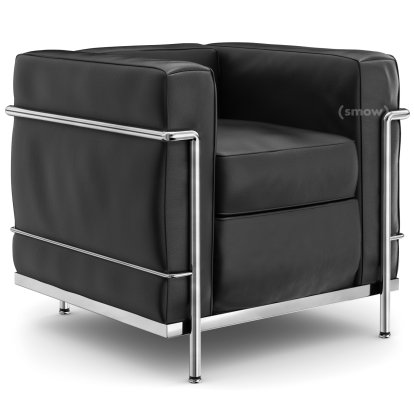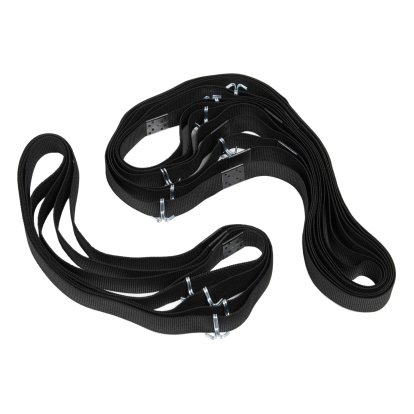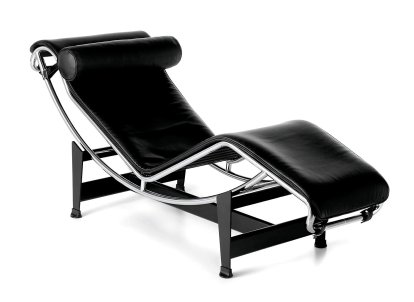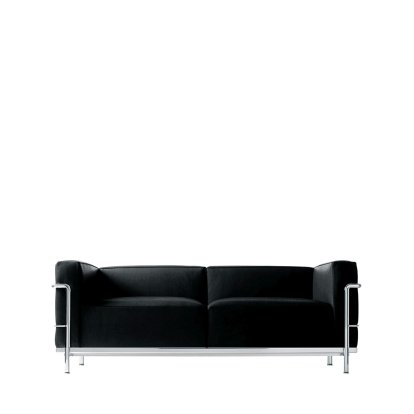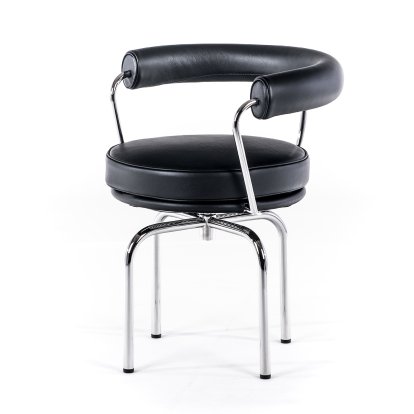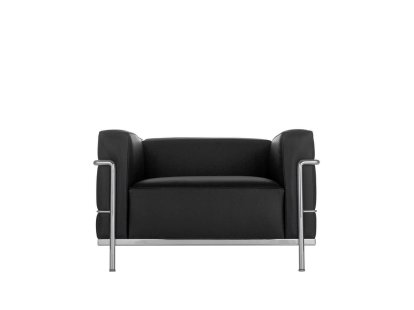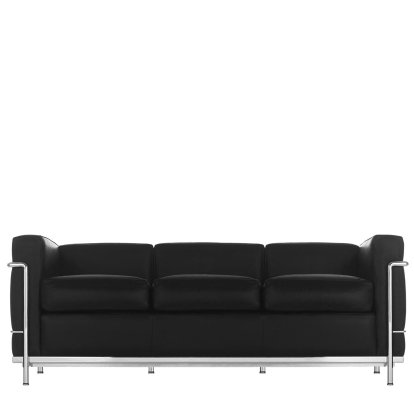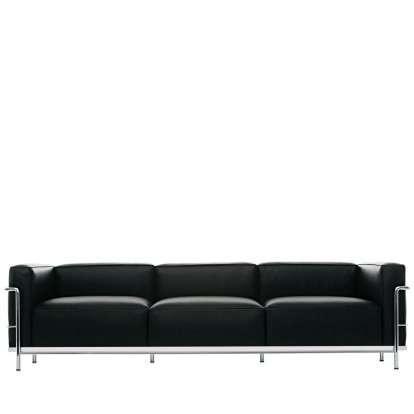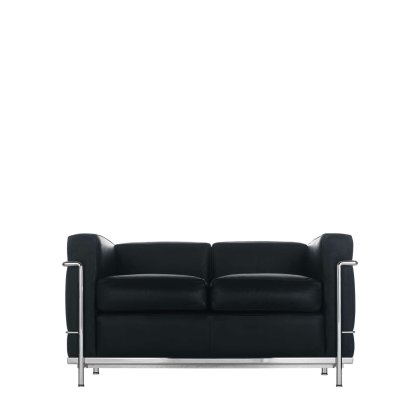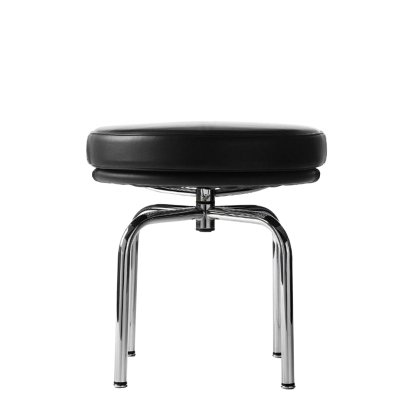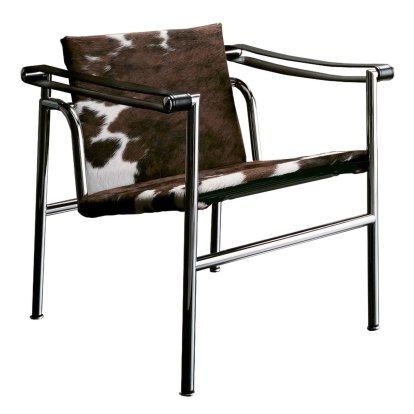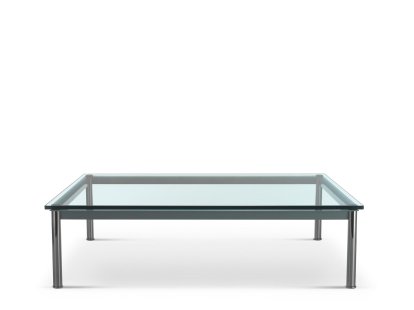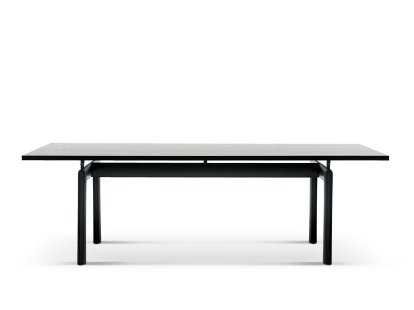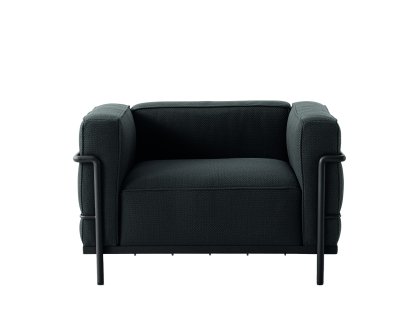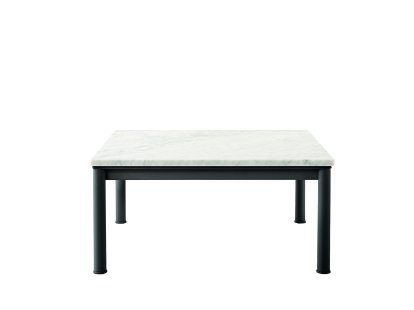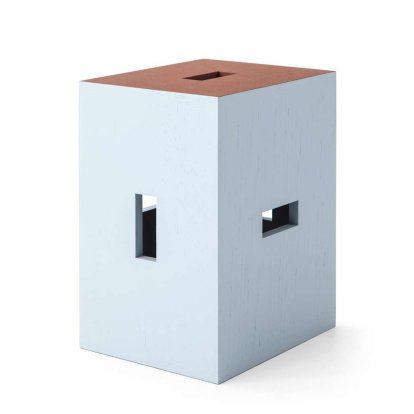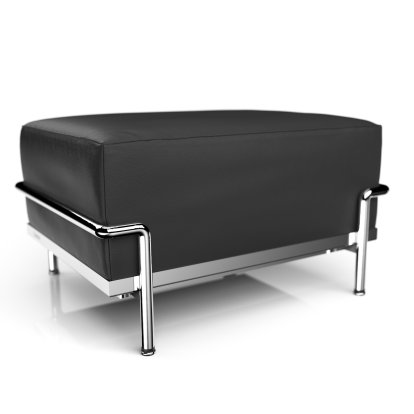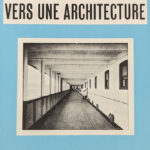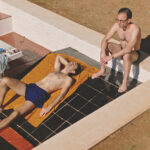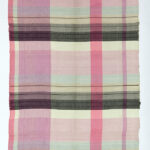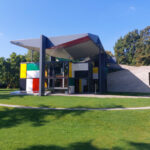..."The Modulor — Measure and Proportion" at Pavillon Le Corbusier, Zürich, Switzerland Although first published in 1950 Le Corbusier's Le Modulor, his scale of proportions based on the Golden Ratio developed as a basis for, as a tool for, designing buildings and their interiors responsive to and meaningful for humans, was the result of not only a great many years research and consideration by Le Corbusier, research that saw numerous changes to the basic, idealised, human body from which everything else is and was abstracted, but also arose from positions to proportions and dimensions that Le Corbusier had developed in the earliest days of his career in his native La Chaux-de-Fonds... A journey to Le Modulor that the Pavillon Le Corbusier, Zürich, aim to sketch and elucidate in their 2023 exhibtion The Modulor — Measure and Proportion via a presentation of, and amongst others exhibits: natural objects, including seashells and plants in which the Golden Ratio can be measured; of historical proposals for a scale of human proportions, that chain in which Le Modulor is a link; and also a documentation of Le Corbusier's research and considerations, the workings that led to the 1950 publication...





















